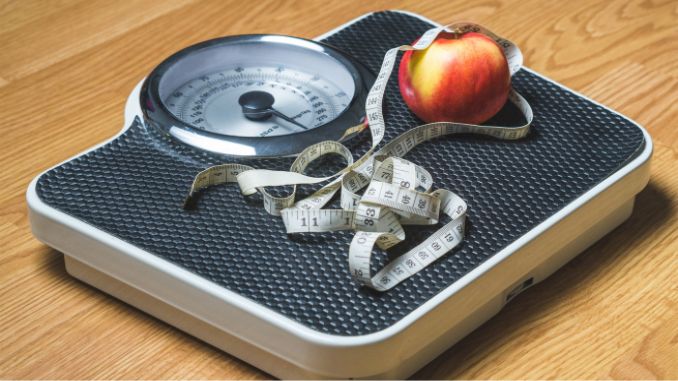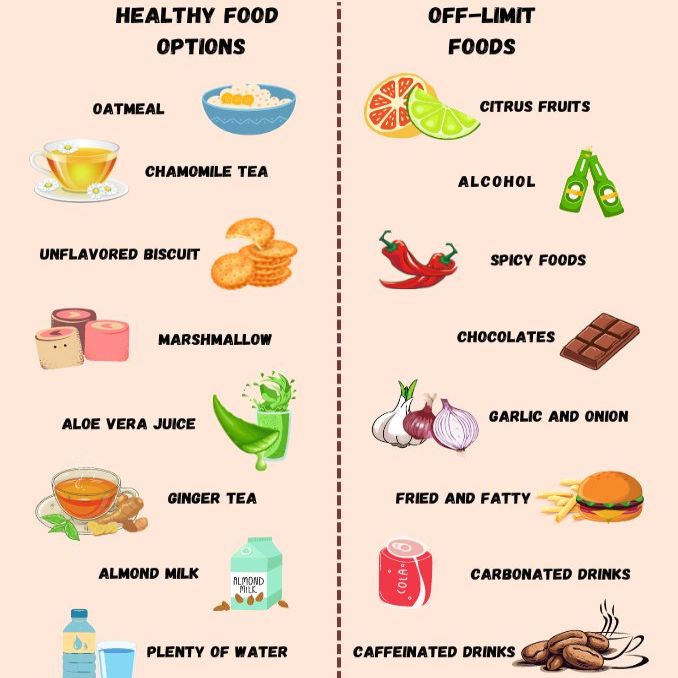Are you looking for a practical solution to acid reflux? The secret might be as straightforward as choosing the proper side to sleep on—what side to lay on for acid reflux is key! No magic wand is required. In this blog, we’re sharing how a simple switch in your sleep position can be a game-changer and a potent remedy for frustrating heartburn moments. Get ready for a deep dive into the science of sleep positions, where the solution to your nighttime struggles might be much simpler than you think!
Understanding Acid Reflux
1. Acid Reflux and its Causes
Gastroesophageal reflux disease, known as acid reflux, happens when stomach acid pushes back up into the esophagus. The lower esophageal sphincter, a muscular valve that separates the stomach from the esophagus, may weaken or relax abnormally, allowing the acidic contents to flow in the wrong direction. Common triggers include certain foods, obesity, and pregnancy. These factors contribute to the malfunctioning of the sphincter, creating a prime environment for acid reflux.
2. Symptoms Associated with Acid Reflux
Recognizing acid reflux involves identifying a range of symptoms, with heartburn being the hallmark. Individuals may experience burning chest pain and a sour taste in the mouth. Other symptoms encompass regurgitation, difficulty swallowing, and persistent coughing. The discomfort is often exacerbated after consuming meals or lying down.
3. Impact of Sleep Position on Acid Reflux Symptoms
Surprisingly, how you position yourself during sleep can significantly influence the severity of acid reflux symptoms. When lying flat, gravity has less power to prevent stomach acid from creeping into the esophagus.
Studies show that symptoms are less recurring and less severe when a person sleeps on their left side rather than their right side or back, making it a more desirable sleep position. As we explore the impact of sleep positions later in this blog, understanding these foundational aspects of acid reflux sets the stage for effective strategies in managing and alleviating its discomfort.
The Best Side to Lay On: Right Side vs. Left Side
Understanding the anatomy behind sleeping on the right or left side is crucial, especially if you’re experiencing nighttime heartburn symptoms or gastroesophageal reflux disease (GERD). Your stomach’s natural position favors lying on the left side, as it helps keep your lower esophageal sphincter closed. This anatomical advantage can be crucial in preventing acid reflux during nighttime.
What Side To Lay On For Acid Reflux? Sleeping on your right side does not offer the same benefits, though. Should stomach acid escape, gravity can return it to your stomach quicker than when on your right side. Furthermore, sleeping on your right side constantly builds liquid reflux. Sleeping on your left side may create more gas if you’re still experiencing symptoms. While potentially annoying, the gas is much easier to tolerate than the burning discomfort of liquid reflux.
If you have GERD symptoms, sleeping on your left side promotes better digestion by facilitating the natural flow of food from your stomach to the small intestine. On the other hand, lying on your right side may exacerbate acid reflux symptoms, making it a less favorable option for seeking relief from nighttime discomfort.
Moreover, sleeping on your left side contributes to maintaining unobstructed airways, providing additional benefits if you have Obstructive Sleep Apnea (OSA). When you sleep on your left side, gravity may help keep your tongue and soft tissues of the throat from collapsing into your airway. This can reduce the likelihood of airway obstruction, which is a common issue in OSA.
Sleeping Tips to Relieve Heart Burn
What Side To Lay On For Acid Reflux? Besides lying on your left side, there are other tips to remember when sleeping to prevent or manage heartburn. Be sure to incorporate these tips into your bedtime routine:
1. Elevating the Upper Body
Elevating the upper body during sleep can be achieved by strategically using pillows or adjustable bed frames. This positional tweak helps keep stomach acid where it belongs – in the stomach – reducing the likelihood of it venturing into the esophagus.
2. Avoid Late-Night Snacking
Grant your digestive system a reprieve by steering clear of late-night snacks. Consuming food close to bedtime can trigger stomach acid, increasing the risk of reflux during the night. Establishing a buffer between your last meal and bedtime creates an environment less conducive to acid reflux, promoting more peaceful sleep.
3. Limit Acidic Foods and Drinks
Take note of your evening diet. Minimize consuming acidic foods and beverages, such as citrus fruits, tomatoes, and coffee. These items can act as catalysts for acid reflux, especially when consumed close to bedtime. Making thoughtful choices about your evening diet can significantly reduce nighttime reflux discomfort.
4. Watch Meal Portion Sizes
Opt for smaller, well-paced meals, particularly during dinner. Overeating can exert pressure on the stomach, increasing the likelihood of acid reflux during the night. By managing portion sizes, you create a digestion-friendly environment that minimizes the risk of stomach contents entering the esophagus while you sleep.
5. Stay Hydrated with Water
While staying hydrated is crucial, be mindful of your fluid intake close to bedtime. Consuming large amounts of liquid before sleep can increase stomach pressure and a higher potential for acid reflux. Modifying fluid intake during the evening hours ensures a balance between hydration and minimizing the risk of nighttime reflux episodes.
6. Chew Gum After Meals
Consider incorporating sugar-free gum into your post-dinner routine. Chewing gum encourages saliva production, aiding in the neutralization of acid. This simple practice reduces the acidity level in the stomach before bedtime, contributing to a more comfortable night’s sleep.
7. Create a Relaxing Bedtime Routine
Create a calming bedtime routine to alleviate stress, a common trigger for acid reflux. Engage in relaxation activities like reading or gentle stretches to foster a serene atmosphere for rest. These techniques enhance your sleep quality and reduce the risk of nighttime reflux discomfort.
Lifestyle Modification Approach to Acid Reflux
1. Weight Management
Maintain a healthy weight to alleviate acid reflux. Excess weight, especially around the abdomen, increases stomach pressure, raising the risk of reflux. Adopt a balanced diet and regular exercise for effective weight control and potential relief from reflux symptoms.
2. Regular Exercise
Exercise not only aids weight management but also directly reduces acid reflux occurrences. Regular physical activity promotes better digestion and helps control factors like obesity contributing to reflux. Aim for moderate, consistent exercise to enjoy overall health benefits and mitigate acid reflux concerns.
3. Dietary Modifications
Make strategic changes to your daily diet to minimize reflux triggers. Identify and reduce consumption of acidic or spicy foods for fewer reflux episodes. Opt for smaller, well-paced meals throughout the day to support healthier digestion and decrease acid reflux instances.
4. Hydration Habits
Choose water as your primary beverage and maintain a steady daily intake. Avoid excessive fluid consumption close to meals and bedtime to prevent increased stomach pressure, reducing the risk of acid reflux.
5. Smoking Cessation
Quit smoking to fortify the lower esophageal sphincter and reduce the ease of acid reflux. Beyond overall health improvements, quitting smoking is a significant step toward minimizing the frequency and severity of acid reflux episodes.
6. Meal Timing
Be mindful of meal timing to prevent acid reflux. Avoid going to bed immediately or lying down after eating. Allow sufficient time between your last meal and bedtime for proper digestion, minimizing the chance of stomach acid flowing into the esophagus while you sleep.
Acid Reflux Food Guide
Conclusion
The significance of sleep position in managing acid reflux is evident. Opting for the left side can facilitate better digestion, reducing the risk of experiencing acid reflux during sleep. Elevating the upper body through pillows or adjustable bed frames further prevents nighttime GERD symptoms. It minimizes prolonged acid exposure to the esophagus.
While individual preferences may vary, these adjustments offer a simple yet impactful approach to enhancing sleep quality and reducing nighttime discomfort associated with acid reflux.
Take charge of your well-being by considering your sleep position as a valuable ally in the quest for acid reflux relief. By embracing these insights, your bedtime choices can positively influence your overall digestive health.
A good night’s sleep awaits those who align their rest with the potential benefits of strategic sleep positioning, especially for individuals who experience acid reflux and nighttime GERD symptoms.
Discover effective tips to alleviate acid reflux discomfort by finding the optimal sleeping position, learn which side to lay on to minimize symptoms, and check out our 14-Day Digestive Health Quick Start Program for comprehensive support.

Rick Kaselj MS, is a leading kinesiologist and injury specialist as well as co-creator of the best-selling Unlock Your Hip Flexors program. Rick creates exercise programs that help people heal injuries and eliminate pain, so they can go back to living a full, active, healthy life.













